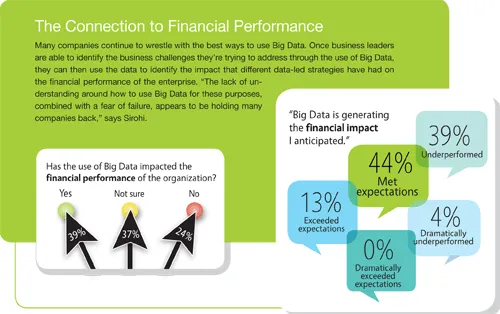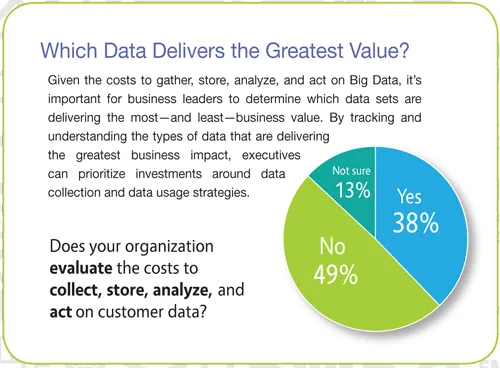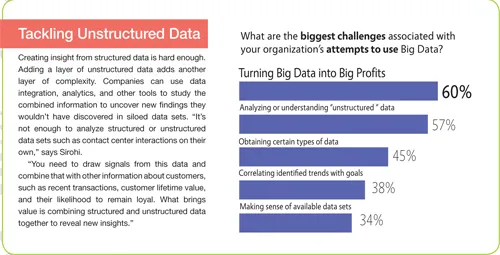Information about customers, including insights into their needs, preferences, and behaviors, is streaming in at a breakneck pace. The volume of data being generated across the world is expected to grow by 50X by the year 2020, according to IDC.
The use of Big Data, or streams of data sets that come into organizations through customer transactions, social sentiment, CRM, contact center interactions, and other sources, can provide senior executives with rich insights about emerging customer and market trends and lends itself to intelligent analysis. "The more that we know about each customer, the better that companies can micro-segment customers into different 'typologies' by their individual needs-based differences," says Don Peppers, founding partner of Peppers & Rogers Group.
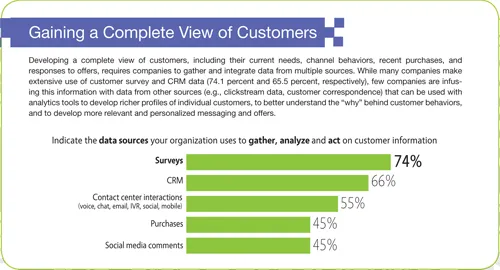
The information that companies have about their individual customers is unique and offers them a competitive advantage. Still, many companies struggle with effective ways of bringing together streams of structured (e.g., CRM) and unstructured (e.g., social media) data, and then making sense of it. According to a survey of 63 business leaders conducted by Peppers & Rogers Group, 61.8 percent of respondents rate their organization's strategic use of Big Data as "mediocre" to "weak."
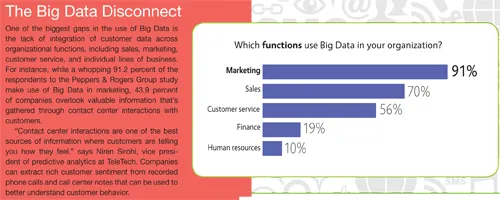
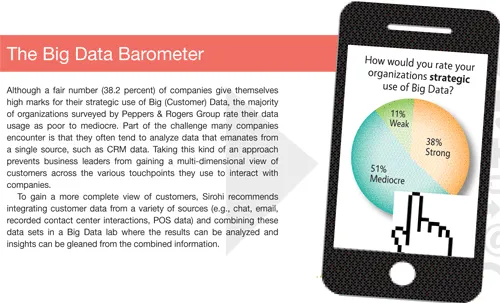
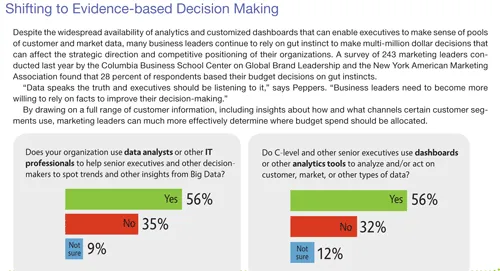
The Big Picture Potential of Big Data
Think of each customer like a paint-by-numbers kit. The more characteristics about a customer that a company is able to gather—including their age, gender, recent purchase history, short-term and long-term value, and channel usage— the more complete the customer picture is, enabling sales, marketing, and customer service leaders to create more personalized and relevant messaging, offers, and support.
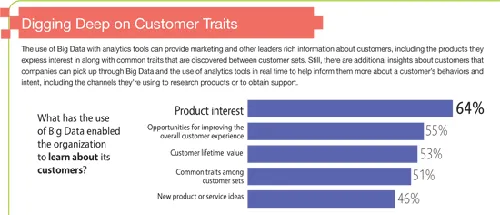
But because companies generally don't draw on the full set of customer information that's available to them from various systems and channels, there are often gaps in each customer's profile. For instance, according to the Peppers & Rogers Group Big Data study, just 18.2 percent of the respondent companies examine customers' channel usage for product research. By examining this type of information, marketers can learn much more about a customer's product interests and better determine the best channel to send offers or messaging, says Sirohi. Business leaders can then re-examine the data that's used for these programs to determine the business impact that's been delivered.
